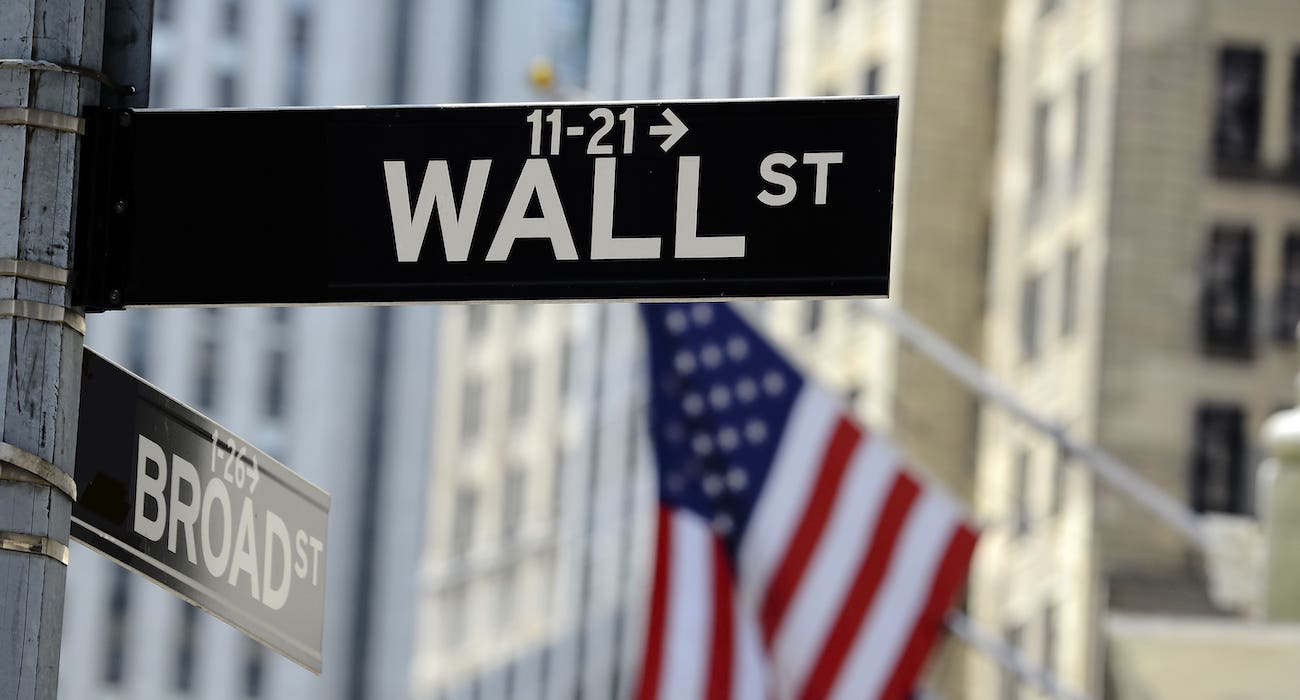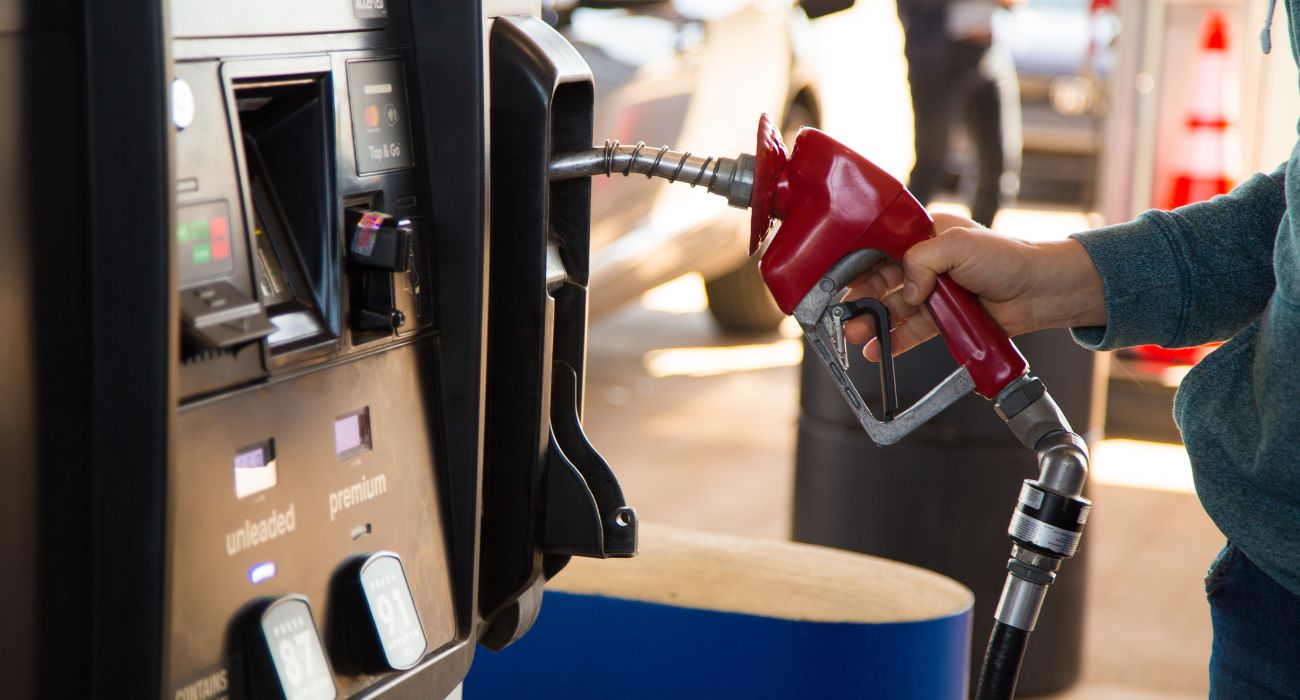Wall Street appears to lack faith in U.S. urban hubs nowadays, with the investment climate surrounding city-centric assets souring.
Richard Ciccarone of Merritt Research Services — a research and data provider — told The Wall Street Journal that the apparent downtown downturn could be interpreted as either a “slow-motion change or as the beginning of a slow-moving train wreck.”
In particular, investments related to urban transit systems and office towers are trading at increasingly lower prices, despite typically being viewed as high-value assets in the years before the COVID-19 pandemic.
According to WSJ, transit authorities in cities with big public transportation systems, like New York City, San Francisco, and Chicago, have reported lower passenger numbers and declining revenue. And with funds from COVID-19 federal relief packages running out, many are cutting back service in light of budget shortfalls.
“The more you lose a ridership base, the more difficult it becomes to maintain a level of service that people are used to,” explained P.S. Sriraj, director of the University of Illinois’ Urban Transportation Center, per WSJ.
As The Dallas Express previously reported, the writing has been on the wall for the commercial real estate sector in the past year, with notables like Dallas real estate mogul Ross Perot Jr. and billionaire Elon Musk predicting a recession. Falling demand for office space, rising interest rates, tightening credit, and high inventory may have brewed the perfect storm.
Recently, the New York-based real estate investment trust Paramount Group reduced its quarterly dividend by 55% in a bid to save $40 million ahead of expected tenant losses, according to The Real Deal.
What this lack of confidence in urban investments means for cities is an increased financial strain on local services that could trickle down and affect taxpaying residents, the WSJ reported.
For instance, traditional sources of cash for city governments, such as property tax from office buildings, transit fares from commuting workers, and income tax on wages earned within city limits, are all being affected.
The real-estate analytics firm Green Street estimated that office-building property taxes constitute about 10% of funds spent by city governments, according to the WSJ. Austerity measures are already reportedly coming into play in New York City, where budget gaps are expected to reach $7 billion by 2027.
Still, the downtown downturn is not being equally felt across the nation’s metropolitan areas.
“The suburbs are going to be one of the big winners in this, and the potential losers could be the large cities that have depended on people coming back and forth to work,” said Asset Preservation Advisors’ founder Ken Woods, speaking with WSJ.
The pattern is also apparent in the Dallas-Fort Worth area, as The Dallas Express has extensively covered.
Downtown Dallas has seen a drop in office occupancy rates, with the area also suffering from far more crime than what is typically seen in Fort Worth’s downtown area, which is heavily patrolled by dedicated police units and private security guards.
The city has been losing residents even as more and more people move to North Texas, with nearly 16,000 people leaving Dallas proper between 2020 and 2021.
While the city faces several challenges, including a lackluster public school system, high crime, and a significant shortage of police officers, a poll conducted by The Dallas Express found residents cited “oppressive business taxes and regulations pushing businesses out” as the most significant contributing factor in the city’s downturn.
Meanwhile, other cities in the Dallas-Fort Worth area, like Frisco, Allen, Plano, Prosper, and McKinney, have become magnets for businesses, developers, and residents.
For instance, the City of Allen just announced the construction of a new 480-acre master-planned community called Sloan Corners, as The Dallas Express reported. While the development will cost an estimated $3 billion to erect, it is expected to generate $300 million in tax dollars for municipal authorities over the next 30 years.






